After the shy grin between his graying mustache and goatee, the first thing I noticed about Jim Corbett were his gnarled hands, deformed by rheumatoid arthritis. He must have been in pain, but I never heard him complain. He was busy smuggling refugees from Central America across the U.S.–Mexican border, connecting them with a network of people who would transport them to safe houses or churches offering them sanctuary.
Some refugees would apply for political asylum, which by national and international law they had a right to. Others would make their way to cities where they had relatives waiting for them.
“Smuggling” them into the country to avoid arrest and deportation was against federal law. Anyone caught assisting an “illegal alien” could be fined and spend five years in prison. But Jim Corbett, a Quaker, was answerable to a higher law: helping a stranger in need as mandated by his faith and centuries of an ancient faith tradition of giving refuge to those avoiding persecution.
In those days, Tucson, Arizona, was a major crossing point for a wave of refugees fleeing wars and violence in El Salvador, Guatemala, and Honduras. Not many people in the United States were aware of the situation then, but local Quakers, Catholic priests, and Protestant churchgoers in the Tucson area knew what was afoot.
Central Americans were fleeing their countries because of wars that forced them to choose sides or be shot. Their stories about the atrocities they had witnessed or suffered were unimaginable to North Americans. But more refugees kept coming, and the horrors of what was happening in their countries were corroborated over and over.
Jim Corbett was a Harvard-educated philosophy teacher and Arizona goat rancher with no interest in politics. He had become a Quaker during the Vietnam War. His ranch bordered Mexico, but he gave little thought to it. One day in May 1981, he heard about a Salvadoran refugee who had been arrested by the Border Patrol. The next day Jim went looking for him and found him in a Nogales jail. He was startled to see many other Central American refugees being detained until deportation, which was against the Geneva Convention treaty that the United States had signed. Refugees had a right to seek political asylum in the United States if they could prove they had a well-founded fear of persecution. Their cases would be heard at an undetermined date. Most applications were denied by the Immigration and Naturalization Service (INS).
“My wife Pat and I set up an apartment for them in our home,” Jim explained in a letter to supporters:
It was soon jammed full. Assuming that life-and-death crises of this kind are always short-term emergencies, we held nothing in reserve, but in the course of the next few months we began to realize, as our energy and resources dwindled, that the emergency was chronic.
Jim turned to Quakers and the Quaker network, certain they would help because of their tradition of “speaking truth to power.”
That same year, my husband and I were visiting his parents in Tucson. One evening, I struck up a conversation with a colleague of theirs who mentioned taking Spanish classes. I asked her the reason for learning Spanish. She hesitated but haltingly confessed to helping refugees. After I questioned her further, she told me about a Quaker named Jim Corbett making regular trips to Mexico to guide Central Americans across the border to avoid being caught and deported. I said, “I must meet this man.”
My husband and I had been based in Mexico City for the past five years, covering Central American wars for ABC News. We were familiar with the conditions that were forcing people to leave. That there were Americans willing to risk upsetting their well-ordered lives to help strangers was a compelling story.
“I’m not giving publicity to a bunch of churches,” was the turndown by Av Westin, the executive producer of the ABC’s weekly news magazine program 20/20, when I pitched him the story. NBC and CBS turned it down also. So I turned to PBS and applied for a grant from the Corporation of Public Broadcasting. They realized the importance of the story and gave us a grant. Our documentary would be broadcast on a PBS series called Matters of Life and Death.
I called Jim with the good news. Even in his low-key manner, I could tell he was excited and eager to help. For the next several months, we talked frequently on the phone and exchanged letters. He assumed his phone was tapped so phone calls were brief and non-explicit.
His letters were full of details about his many excursions to the Mexican border with Guatemala, where many Salvadorans and Guatemalans had fled to safety. Fluent in Spanish, Jim got to know priests and local people who were sheltering and feeding them. He searched for people who had contacted the informal church network asking for help. Some refugees, Jim wrote, had been lucky enough to find temporary work and decided to stay in Mexico rather than risk the uncertainty of the journey north. Others had relatives in the United States. Although Jim told them the trip would be rough and they would be hunted in the United States by border agents, they decided to take the risk with him as their guide. On at least one occasion, Jim disguised himself as a local priest in order to blend in.
While Jim was busy in Mexico, we were in Madison, Wisconsin, where we filmed St. Francis House Episcopal Church deliberating whether to join the sanctuary movement. After gut-wrenching testimonials and tears, the congregation decided to take the risk and join the sanctuary network in defiance of U.S. immigration law and policies.
Now we were focused on finding a family whose story was compelling and who wouldn’t be afraid to appear on camera, relying on Jim to be our “casting director.”
On April 22, 1985, he wrote: “A young couple with a child of about four is waiting in D.F. (the Districto Federal, meaning Mexico City). The man just got out of Mariona (a prison in El Salvador) after nine months, and the woman was also imprisoned briefly. They’re photogenic, personable, and have plenty to tell. Published photographs document the man’s presence in the prison.” They sounded perfect.
We made a date to meet up with Jim and the Salvadoran family in Mexico City. We filmed Jim briefing the family on his plan: they would travel together by bus to a border town on the Mexican side of the Rio Grande. Then the next afternoon after they arrived, they would cross the river at a remote, narrow spot that had been checked out. Both the Mexican and the U.S. side of the river was in an agricultural area. There was a dirt road patrolled by agents but only until 4 p.m. every day. They would wait until the Border Patrol left. Then they would swim across. Someone would be waiting to pick them up. The same road the Border Patrol used would be their escape route.
Jim had a swimming vest for the child and a small inner tube for her mother, which was concealed in a plastic bag and had to be quickly inflated at the river. Jim swam, towing the child, while the father swam, pulling a few belongings in a garbage bag behind him. His wife followed in the inner tube. On the U.S. side, a nun waited nervously on the river bank. Dripping wet, they ran straight to her car, jumped in, and sped away. They could be stopped and questioned by any Border Patrol on the roads ahead. Later we were told they had made it to the safe house.
Jim went wherever he was called with funds provided by a Tucson refugee support group and with donations from religious organizations and private individuals. He traveled by bus, spending weeks away from home. This was his ministry. As the number of refugees seeking asylum escalated, so did the number of churches and synagogues publicly joining the sanctuary network, openly criticizing U.S. immigration policies and the foreign policies which they contended had created the refugee crisis.
In August 1982, People magazine published a lengthy article about Jim and the sanctuary work, including a nearly full page photograph of him. A month prior to publication, we received a letter from Jim saying all had gone well on the trip with the People reporter. “After People publishes, I’ll be bien quemado (literally, very burned) as a smuggler, but let me know if I can help in any way.”
Jim’s exterior calmness belied the emotional impact of what he was doing.
In a talk in Austin, Texas, in 1982, Jim explained how very difficult it was to speak before groups of potential supporters. “When I’m with the refugees,” he said, “I can maintain my emotional balance, but when I try to talk to others in specific, personal terms about what’s happening, the grief forces itself to the surface and disables me.”
As the sanctuary movement grew to 70 declared churches nationwide, U.S. immigration policies and U.S. foreign policy itself became controversial. Jim warned supporters:
We must expect the government to try to destroy us, especially if, as it seems likely, U.S. military involvement in Central America escalates dramatically. Because the U.S. government takes the position that aiding undocumented Salvadoran and Guatemalan refugees in this country is a felony, we have no middle ground between collaboration and insurrection. . . . For those of us who would be faithful to our allegiance to the Peaceable Kingdom, there’s also no way to avoid recognizing that, in this case, collaboration with the U.S. government is a betrayal of our faith. . . . We can serve the Kingdom of Love or we can serve the Kingdom of Money, but we cannot do both.
Jim wasn’t in trouble with only the U.S. government. In a newsy letter we received from him dated January 3, 1985, he wrote: “The Mexican government has become quite serious about catching me, so I’ve been staying on this side of the line lately. It actually feels pretty good to be used up for most of the things I’ve been doing during the last 3 and a half years.”
In 1986, 11 sanctuary workers were indicted, Jim among them. Ironically, he was the highest profile member of the group, but he and three others were acquitted. The others were convicted. At the trial, Jim declared that the sanctuary movement was unstoppable.
The last time I saw Jim was at the annual sessions of the Southeastern Yearly Meeting of the Religious Society of Friends. I had convinced my yearly meeting to invite Jim to deliver our annual Walton Lecture. His book Goatwalking had been recently published (1991), which is a mixture of philosophy, history, and biography. Ten years had passed since he had become a shepherd of refugees as well as a goat herder.
On August 2, 2001, Jim died on his ranch, which he had turned into a wildlife sanctuary and a wilderness retreat for anyone seeking spiritual growth. He had been writing another book, which was published posthumously in 2005, Sanctuary for Life.
Jim Corbett not only answered “that of God” in everyone, but he also asked what he could do if help was needed and then gave it. I am a better person for having known him. He set a very high bar for me of what it means to be a Quaker—in the world but not of the world.


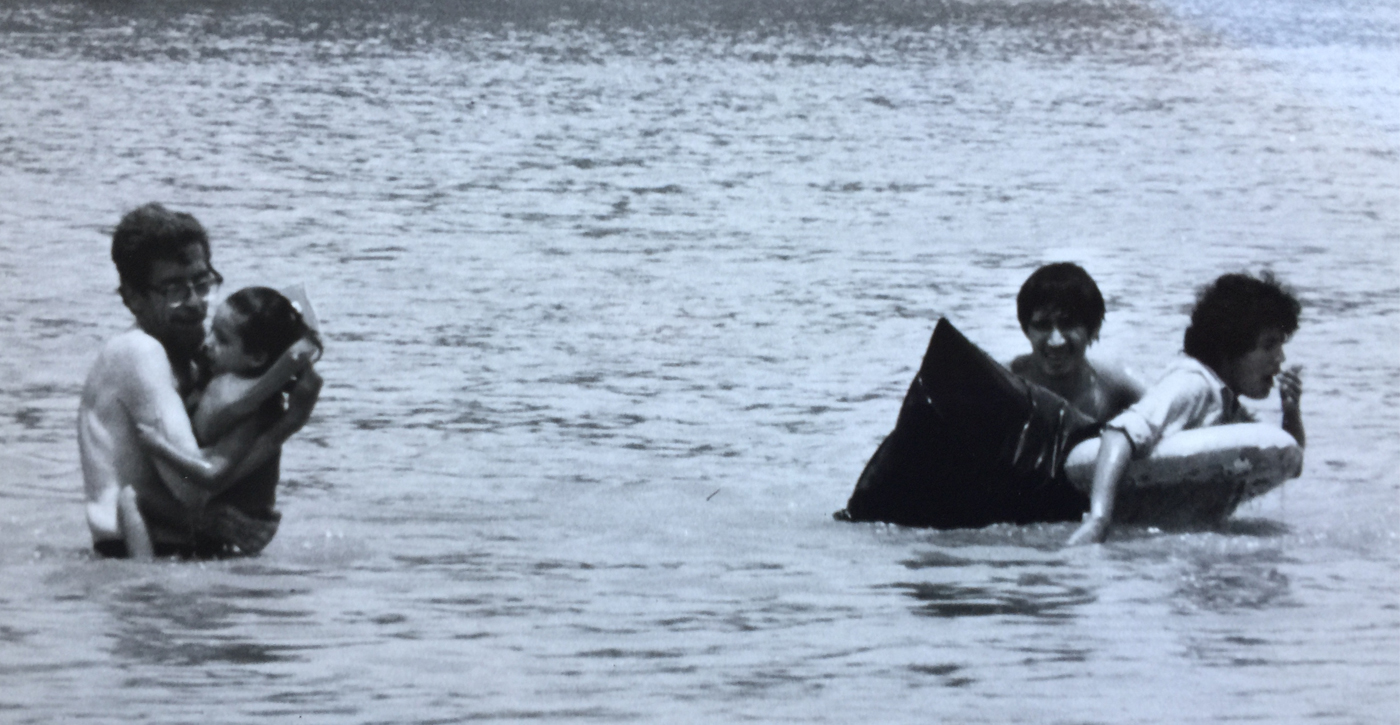
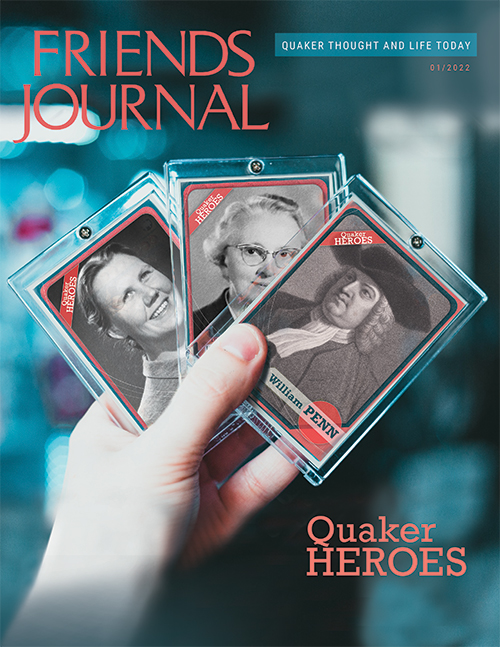
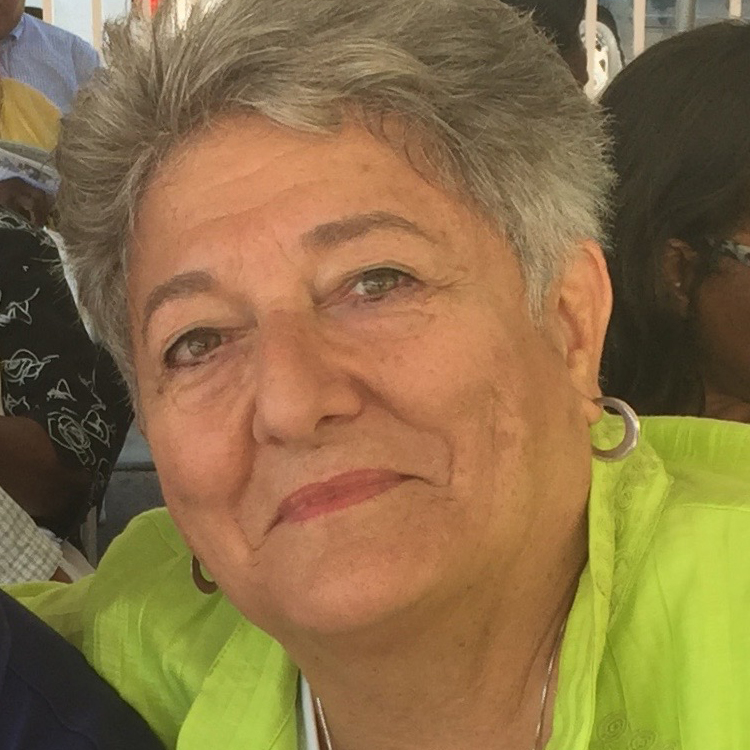
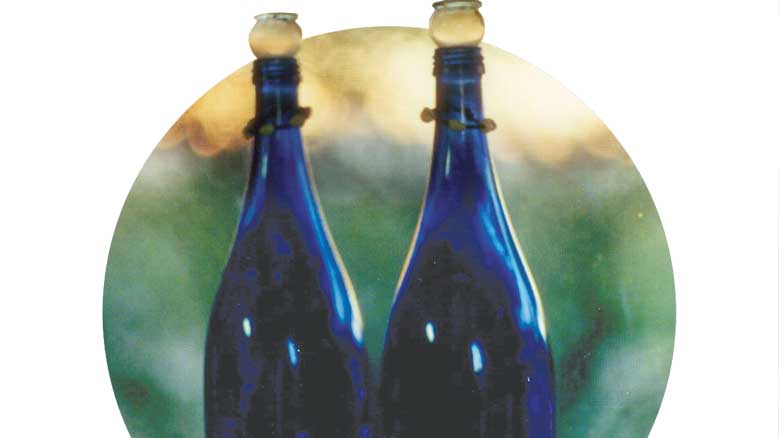
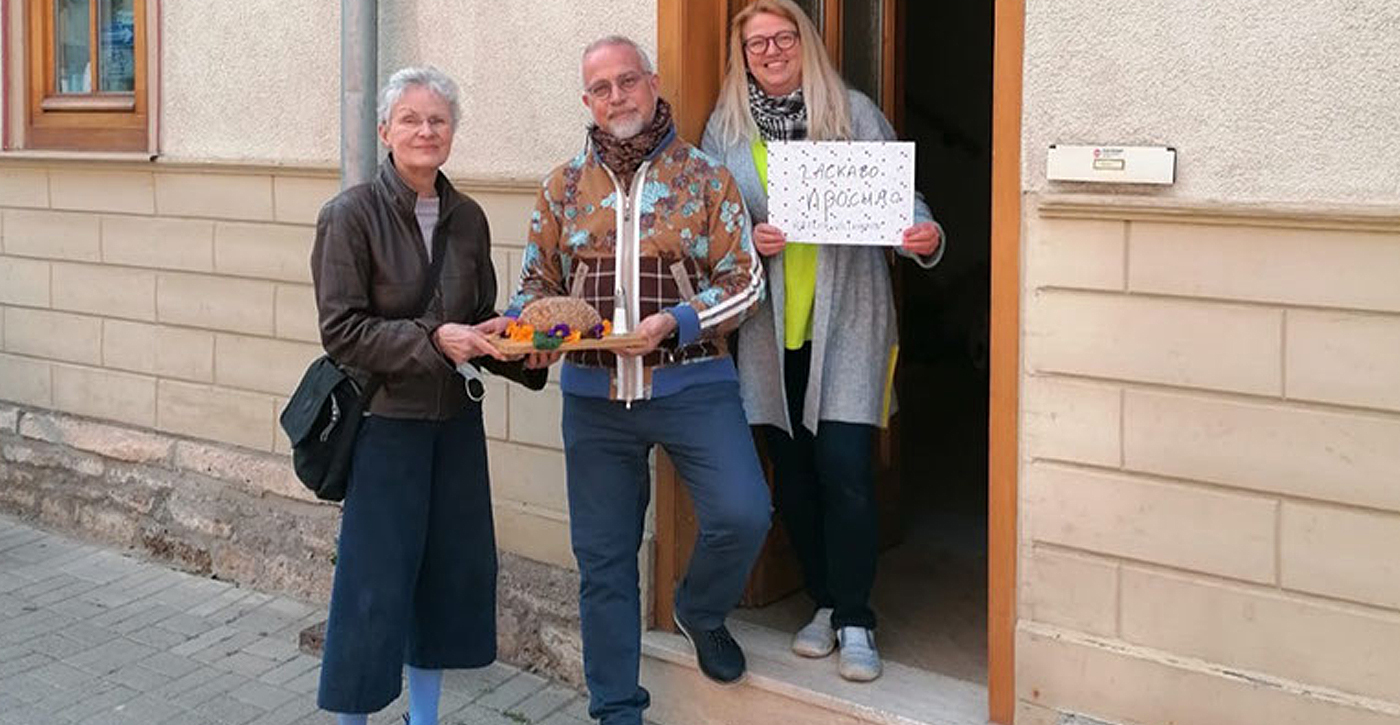
Jim’s story is as important as any of the other well-known Quakers; such as John Wollman or Rufus Jones. His testimony is an inspiration to all people of Faith. As George Fox asked “What canst thou say? We need to ask ourselves the same question
The situation is worse than ever. Gangs related to the drug cartels operate freely in El Salvador and Honduras. Escaping north alone has become so dangerous many people travel in large groups called “caravans,” resulting in massive squalid encampments on the Mexican side of the border, where families are preyed upon by criminals. Women have been raped in the middle of the night on their way to the latrine. The Biden administration made arrangements with the Mexican government to allow the refugees to stay on the Mexican side of the border to await their asylum hearings. Most are denied and are deported to their countries of origins where they face renewed persecution or death. During the Trump administration, families who crossed the border asking for asylum were separated and their children taken from them. Some children too young to speak have become “lost” in the system because of inadequate record keeping. Many of their parents were subsequently deported. Human rights groups are trying to locate the parents if they have survived in attempts to reunite them with their missing children.